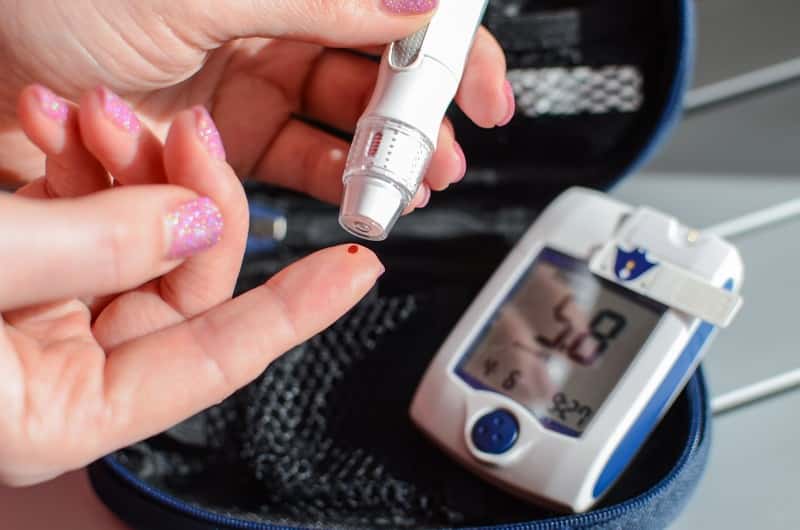Diabetes

An overactive bladder is more common in individuals diagnosed with type 2 diabetes than in the general population. Diabetes is closely related to the onset of worsening bladder dysfunction.
Due to the prevalence of an overactive bladder in diabetes type 2 patients, it is crucial to managing the underlying condition and symptoms as soon as possible. According to various studies, bladder training effectively manages an overactive bladder in type 2 diabetes patients.
Other behavioral interventions may include pelvic floor muscle training, regular exercise, and urge suppression techniques. These simple interventions are meant to extend the urination intervals and reduce the sense of urinary urgency and incontinence. Additionally, behavioral interventions to manage an overactive bladder are proven to boost the efficacy of pharmacologic treatments.
If the cause of an overactive bladder in type 2 diabetes patients is unhealthy behaviors, modifying these unhealthy habits combined with behavioral and pharmacologic treatments will manage the symptoms with superior outcomes. For example, unhealthy toileting behavior in type 2 diabetes patients includes premature voiding, place of preference for voiding, delayed voiding, and straining to void.










